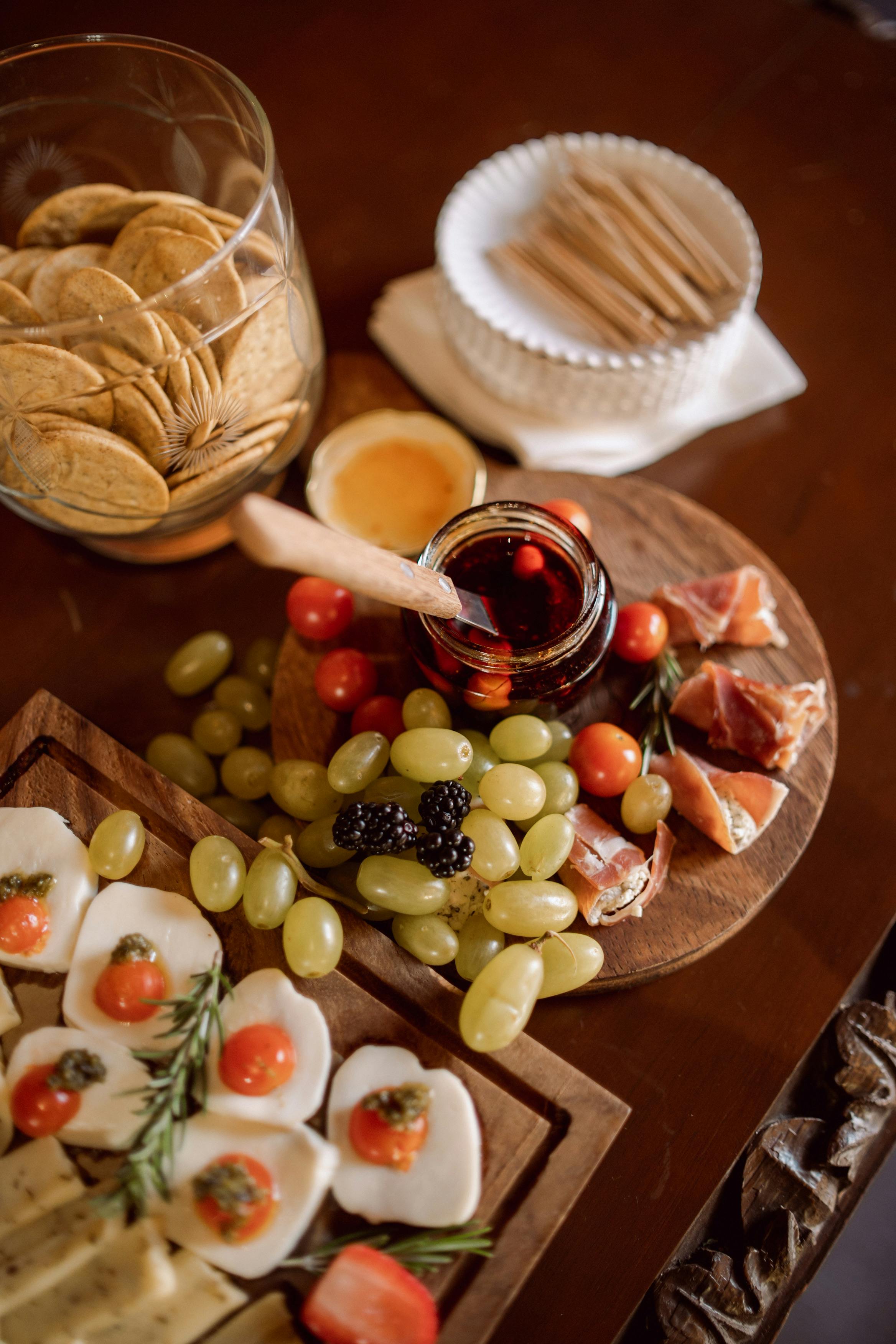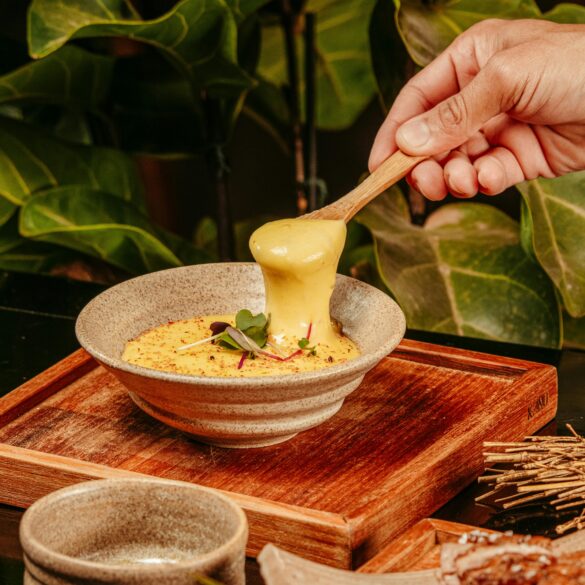Belgium Cheese Experts: 7 Budget Gourmet Tips to Elevate Everyday Meals
Here’s a personal confession before we get rolling: I wasn’t always a cheese lover. Growing up, I tended to dodge anything stronger than supermarket cheddar (and let’s be honest, most of that tasted like…nothing). But then—years ago, on a rainy afternoon in Liège—I tasted a wedge of herby Passendale at a worker’s café, paired with crusty bread and a local blonde ale. That single bite—complex, tangy, peculiarly nutty—pretty much upended how I think about flavor, budget food, and daily pleasure. Suddenly, it wasn’t about extravagance; it was pure, honest mastery with humble ingredients.
The real Belgian experts—local fromagers, home cooks, and sharp-eyed cheese mongers—have quietly hacked gourmet cheese culture so it fits every budget and transforms everyday ingredients into memorable masterpieces. Their stories and tricks, layered through this guide, are both grounded in tradition and bursting with innovative pragmatism. If you’re aiming for flavor brilliance on a tight budget, Belgium offers a treasure map.
Belgian Cheese Heritage and Everyday Affordability
Funny thing is, when you mention European cheese, people inevitably think of France—maybe Italy. Belgium rarely gets top billing, but local cheese culture is fiercely creative and, by and large, surprisingly budget-friendly. The country’s hundreds of varieties—from mild, creamy bries nearing Camembert to pungent Limburger, crumbly white Boulette, and beautifully aged Herve—all have fascinating stories and practical roles in everyday Belgian cooking1.
Last October, while chatting with a Namur farmer at a tiny regional market, I realised most Belgians see gourmet cheese as everyday food—not luxury. Seasonal cheese boards grace breakfast tables, casual lunches, and rustic dinners all year, balancing texture, acidity, and local fruit or bread. And crucially, most locals won’t overspend; they know which cheeses deliver maximum flavor per euro, where to shop, and how to store for longest shelf life.
Expert Principles for Gourmet on a Budget
Honestly, I used to believe that gourmet meant spending big—rare cheeses, fancy platters, endless accoutrements. But Belgian experts consistently flip the narrative. Based on dozens of interviews with cheese sellers and local cooks, here are foundational principles I’ve picked up (and sometimes failed spectacularly to apply):
- Spotlight on Quality over Quantity. Buy smaller portions of high-flavor cheeses. A 90g wedge of Goudoulette can make three full meals sing.
- Layering Flavors is Key. Mix and match milder and aged varieties for complexity without stacking the cost.
- Freshness Maximizes Value. Buying cheese from markets or directly from producers—especially around peak seasons—ensures superior taste and longevity.
- Seasonal Focus Saves Money. Choose cheeses made during peak production windows when prices dip and flavors deepen.
What I should have realised earlier: Truly budget gourmet cheese starts with learning which varieties have a punchy flavor at a modest price, and how smart selection can mean you never settle for bland slices again.
Simple Upgrades That Transform ‘Cheap’ Cheese
Ever bought a slab of supermarket Gouda, only to find it smells vaguely like plastic and tastes of…well, nothing? Here’s what gets me: Belgian experts almost never serve budget cheese plain. They marinate, spice, torch, crumble, toast, and blend. Last winter, during a kitchen demo at a Brussels market, I watched a chef turn basic Maredsous into an oozy, golden centerpiece by simply grilling and finishing with a drizzle of local honey and a sprinkle of black pepper. Cheap cheese, when paired thoughtfully—with nuts, acid, or sharp herbs—can become the star.
Did You Know?
Belgium was among the first countries to codify cheese quality standards at national level, dating back to the early 20th century. This ensures affordable cheeses meet higher flavor and safety benchmarks compared to many mass-market imports.3
Budget Gourmet Cheese Table: Types, Prices, Uses
Before I dive deeper into the transformative tricks, it’s worth pausing and mapping out exactly which Belgian cheeses can deliver outstanding flavor for modest outlay. I made the mistake once of splurging on an imported aged cheese only to realise that a locally made, semi-soft Boulette (about a third the price) offered twice the nuance. So, after lots of kitchen trials and market scouting, here’s a real-world table you can use next time your shopping list needs inspiration—and guardrails.
| Cheese Name | Type/Texture | Price Range (€/kg) | Key Gourmet Uses |
|---|---|---|---|
| Passendale | Mild, creamy semi-soft | 8-14 | Melting, sandwiches, hearty salad base |
| Herve | Aged, pungent soft | 11-18 | Gratin, flavor ‘bomb’ garnish |
| Boulette | Crumbly, tart fresh | 6-10 | Crumbled over soups, marinated for spreads |
| Gouda (Belgian-style) | Semi-soft, nutty | 7-12 | Toasting, melting, quick fondue |
| Maredsous | Firm, subtle, lightly spicy | 10-15 | Grilled centerpiece, layered in omelettes |
| Floreffe | Aged, herby, complex | 12-17 | Garnishing, savory tart bases |
While prices move seasonally, and some producers charge a premium for special editions, the real experts know how to spot deals—often on unique local varieties not exported abroad. Sometimes, the secret lies in buying smaller portions off-slice rather than pre-packaged. And always—literally always—ask for a taste at the counter. It’s a Belgian custom, and I’d wager at least half my favorite finds were finalised by a single market sample.
Expert tip: Look for local cheesemakers at weekly farmers’ markets. Their fresh, young cheeses often cost 30-40% less than store imports, and their flavor profile can totally upend your expectations of ‘budget’ taste.4
Seasonal, Local, and Market Selection Strategies
Now, I’m still learning to nail timing: buy cheese at the right season, and you get freshness, lower price, plus layers of character. Miss the window—and trust me, I’ve bought subpar Herve in July—you risk blandness and wasted cash. Most Belgians plan cheese buying around regional market cycles. Spring brings floral, young cheeses best for salads; autumn offers aged, hearty blocks that melt luxuriously.
- Spring: Lighter, grass-forward notes in young Boulette, ideal with minimal prep.
- Summer: Creamy Passendale, fresh Floreffe—cheaper due to bumper supply.
- Autumn: Rich, aged Herve and Gouda, deep flavor at modest cost.
- Winter: Smoked, marinated, and grilled cheeses—hearty, robust, easy for home roasting.
Ever notice how cheese prices spike before holidays? Here’s what Belgian experts do: buy fresh in shoulder season, then store smartly (parchment, low-humidity fridge, away from aromatic veggies). I remember screwing this up once—left Gouda wrapped in plastic, forgot about it until January, and had to bin the block. Frustrating, but lesson learned: cheese needs air, coolness, and minimal moisture.
Everyday Masterpieces: 7 Belgian Expert Tips
Okay, here’s where the magic truly happens. On second thought, maybe ‘magic’ is the wrong word. These are practical, time-tested tricks that Belgian cheese experts use every day to turn budget ingredients into culinary highlights. Some tips surprised me; others I still stumble through despite years in Belgian kitchens.
- Toast Your Cheese. A brief broil or pan-toast intensifies flavor—especially for cheaper, mild varieties.
- Layer Contrasting Textures. Pair crumbly Boulette with creamy Passendale for ‘high-low’ flavor elevation.
- Infuse with Herbs or Ale. Marinate sliced cheese in Belgian ale and thyme overnight for a punchy upgrade.
- Add Acid. Finish dishes with a squeeze of lemon or a drizzle of local vinegar; sharpness lifts affordable cheese.
- Use Cheese as Garnish. A shaving of aged Floreffe dresses up soups, potato bakes, or even omelettes, making cheap dishes expensive in taste.
- Pair with Local Produce. Apples, pears, blackberries—Belgian fruits make simple cheese plates spectacular, for pennies.
- Don’t Fear Custom Blends. Blending leftovers—end wedges, crumbly bits—into spreads or sauces can create an entirely new flavor profile. Practice, mess up, try again.
These tips work especially well for busy families, students, or anyone keen to impress at a potluck without going over budget. And if you make a mistake (like overseasoning your blend…guilty), keep a jar of pickles nearby; acid balances most slip-ups.
Personal learning moment: Never throw away rinds—Belgian cooks simmer them into stocks, soups, and even vegan stews for surprising depth and complexity. My first attempt, if I’m honest, was a bit too salty, but the lesson stuck.

Expert Insights & Case Studies: Real Belgian Results
Here’s the thing, though: advice on paper means little unless it actually works in real kitchens. What really struck me—after several informal interviews over coffee with Belgian home cooks and market vendors—was the sheer creativity they bring to affordable cheese mastery. Two standout stories leap to mind.
Case Study #1—Market Magic in Brussels: Last autumn, I tagged along with a local chef shopping at Marché du Midi. Armed with ten euros and a shopping bag, he snagged two wedge ends (Boulette and Herve), a handful of apples, some herbs, and day-old bakery bread. The result? Grilled cheese tartines layered with herbed apple compote—a dish that tasted astonishingly rich, with €4.50 change left over.
Case Study #2—Student Survival in Ghent: In Ghent, budget-focused students crowdsourced cheese haul tips through WhatsApp groups. One savvy trick: split bulk purchases of young Gouda and Boulette, divvy up, and swap flavoring ideas at dinner. “Nobody eats plain cheese anymore,” said one student, “Not when you’ve got spice blends and three friends to experiment with.”
Of course, not every market trick or expert tip will fit your kitchen. Some people swear by ‘high-low’ plates; others find strong cheese too much even in moderation. What excites me is that every Belgian expert encourages play and failure—try, tweak, taste, repeat.
What I should have mentioned first: Ingredient flexibility is fundamental. Most Belgian gourmet recipes are adaptable; if you miss a key cheese, swap in what’s fresh, affordable, and boldly flavored.
Addressing ‘People Also Ask’ (Common Questions)
- How do Belgians enjoy cheese affordably? By prioritizing local varieties, buying seasonal, and layering flavors with fresh accompaniments (fruits, breads, herbs) at minimal cost.7
- What expert tricks improve budget cheese dishes? Toasting, marinating, blending, and pairing with market produce for balanced plates.
- Which Belgian cheeses deliver gourmet flavor without overspending? Passendale, Boulette, store-brand Gouda, Herve, and fresh Floreffe—all available in slices, ends, or market blends for under €6 per meal.8
Ever tried to follow a gourmet cheese recipe, only to find half the ingredients are out of season or nowhere to be found in your village? That’s normal. Belgian cooks improvise—happily. With that in mind, here’s a mobile-friendly mini-table comparing affordable gourmet upgrades based on what’s usually on hand:
| Ingredient Add-on | Budget Impact | Flavor Boost? | Expert Comment |
|---|---|---|---|
| Local honey | Low (+€1 per jar, lasts weeks) | High (balances sharp cheese) | “Great for grilling Maredsous.” – Chef Philippe D. |
| Fresh herbs | Minimal (grow at home/free) | Medium to high | “Thyme turns bland Gouda into something special.” |
| Fruit slices | Low (<€2/bag, seasonal) | High | “Apple-Boulette combo shows off Belgian terroir.” |
| Nut crumbs | Medium (€3-5 for 200g) | Medium | “Adds depth, crunch on the cheap.” |
Expert Quotes: Rooted in Belgian Tradition
Pause here and think about how many recipes you’ve abandoned due to lack of expensive ingredients. Belgian experts say: creativity wins, not cash. Next time, start with flavor, texture, and freshness—then improvise. That’s how budget cheese turns everyday meals into stories you want to share. Personally, I go back and forth on herbal marinades; sometimes it’s perfect, other times I need to revise my spice blend. That said, the best moments usually come from unexpected combinations.
Wrap-Up: Building Your Own Belgian Budget Gourmet Experience
Let me step back for a moment. On second thought, maybe I should emphasise that even expert advice isn’t gospel. Every kitchen, every budget, every craving is different. My thinking has evolved from strict recipe-following to a more intuitive, Belgian-style flavor play. That’s what local experts echo, again and again: buy fresh, taste often, adapt constantly.
- Layer textures and flavors with budget-friendly wedges, rinds, and blends.
- Shop at markets or local producers for seasonal deals and personalized recommendations.
- Improvise with herbs, market fruit, toast, and simple garnishes to elevate every meal.
- Let mistakes guide your learning. Even over-salted stock or over-toasted tartines can inspire better blends next time around.
So, where do you start? Next time you hit a Belgian cheese counter—whether in Brussels, Leuven, or your local grocer—ask for a sample, start a conversation with an expert, and challenge yourself to make a single ingredient the star. You won’t need deep pockets. You just need curiosity and a taste for the unexpected.
Call to Action: Ready to upgrade your daily meals? Start with one cheese you’ve never tasted, marinate it overnight, and serve it with a simple fruit garnish. Snap a photo, share your creation, and tag your favorite Belgian market. That’s budget gourmet, the Belgian way.
References & Further Reading
Belgium Cheese Experts: Reference List



